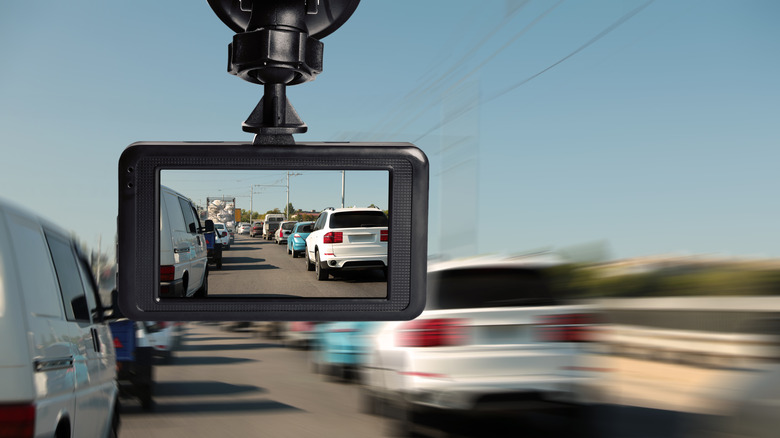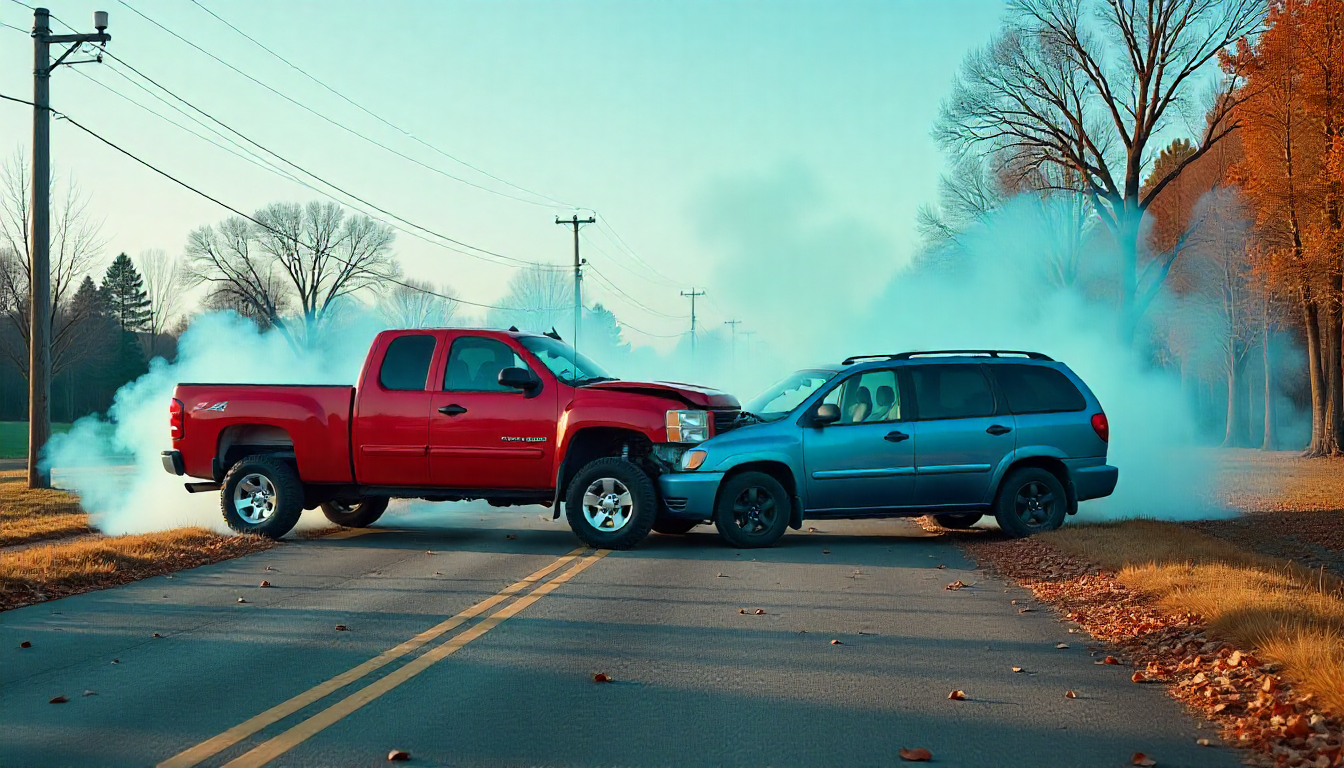
Upholstery is a fickle thing. It’s vulnerable to snags, tears and UV light, and even when it’s in good shape, ever-changing styles can render your saddle bland or dated in a few years. A complete replacement can set you back a pretty penny, and while swapping the seat cover is far more affordable, the art of upholstery feels like black magic to the uninitiated. But what if I told you it’s not only simple, it’s downright affordable?
Whether you ride a sportbike, adventure tourer or a vintage café racer, a quality motorcycle seat cover makes a big difference. In this guide, we’ll walk you through the process with a little help from our friends at Luimoto—a specialist firm out of Vancouver, Canada.

Why Recover Your Motorcycle Seat? There are two main reasons to install a new motorcycle seat cover: function and form.
On the functional side, seat covers wear out. UV rays, rain, sweat and constant compression break down foam and vinyl over time. Cracked or torn material can hold water like a sponge and soak through to your jeans, not to mention exposing the foam to further damage. A fresh cover solves that, and if you go with a high-quality aftermarket option, it might even improve comfort and longevity over stock.

On the form side, swapping your seat cover is one of the quickest ways to give your bike a visual refresh. A factory seat might work fine, but they’re never the most aesthetically pleasing, and usually feel like an area where costs have been cut. Premium materials like Alcantara with bold contrast stitching, carbon-look vinyls and quilted finishes can be just the thing to set your ride apart from the rest.
And here’s the kicker: you don’t need to be an upholsterer to install one. With a few basic tools, a bit of patience and maybe a heat gun, you can transform your seat in an afternoon.

What You’ll Need Recovering your motorcycle seat isn’t complicated, but having the right tools will save you frustration. When there’s a will, there’s a way, but there are certain items you shouldn’t skimp on.
First off, you’ll need a quality staple gun, but just because you’ve done some home improvement projects doesn’t mean you’re ready for upholstery. I think this can be best explained by examining the job you’re asking the stapler to do. You need to be able to get into tight areas and consistently drive staples fully into the seat base without piercing through the seat cover. Too much air pressure, or staples with too little crown, and you’ll blast through the material entirely.

With that in mind, you might consider ditching compressed air and using a hand stapler, but this, too, can be problematic. Even if your manual stapler can be adjusted to drive your staples to the right depth, the mechanics of operating a manual stapler become a lot more difficult when you’re stretching the seat cover into place.
You’ll get the most consistent results with a quality stapler from BeA or Sailrite, something that’s designed to operate between 70 and 100 psi. For staples, Luimoto recommends 6 mm (1/4″ leg x 1/2″ crown), and we’ll take it a step further and recommend stainless steel.

You’ll obviously need a new seat cover as well, something that’s designed specifically for your year, make and model—so it pays to grab a quality cover from an established manufacturer. Utilizing marine-quality materials, Luimoto covers everything from Aprillia to Yamaha, and their products are manufactured right in Vancouver. You can choose from their range of existing model-specific designs, or order a custom cover with unique materials, colors and embroidery.
From there, you’ll need a few standard shop items like a screwdriver, needlenose pliers, a heat gun, spray adhesive and rubbing alcohol. Patience and a decent playlist go a long way as well.

The Process: 1. Remove the Seat and Old Cover Start by pulling your seat from the bike, and flip it upside down on a clean workbench. If your seat’s equipped with a passenger grab handle, rubber stoppers or other add-ons, now’s the time to remove them, noting their original position if they’ll be reused. Next, you’ll see a ring of staples holding the factory cover on, and you can use a flathead screwdriver or needle-nose pliers to pull them out. Take your time—ripping the foam or pan here just creates extra work.

2. Inspect the Foam and Pan Once the old cover’s off, check the foam. If it’s deteriorating or has deep grooves, you might want to repair it with a foam patch kit or even replace it entirely. If everything’s solid, give it a wipe-down with rubbing alcohol and let it dry. A clean surface ensures your new motorcycle seat cover sits properly and doesn’t trap dirt or moisture.

3. Position the New Motorcycle Seat Cover It’s time for your first look at your new motorcycle seat cover, but don’t panic if things don’t look right straight out of the box. The cover may have some creases from shipping, which will work themselves out with some heat. If possible, lay your cover out in the sun for a bit before installation. Also, note that the cover will require some stretching to perfectly match your foam.
Work the cover into place on the seat using your hands to get things fitting properly. At this stage, I like to dial in my staple gun with a test piece to ensure the staples won’t blow through the cover. Start at the front of the seat, secure one or two temporary staples, and then work your way to the rear—pulling the cover tight and checking for even tension. Use a heat gun to gently soften the vinyl as you go, especially around curves and corners.

4. Staple It Down Once you’re satisfied with the alignment, start driving staples in around the perimeter. Space them about an inch apart, and always work from side to side to maintain even stretch. It’s a bit like fitting a drum head—too tight on one side and things get lumpy. Keep checking the top surface as you go. A few wrinkles are fine, but large ripples mean you need to back up and restretch. Be sure to trim any areas that interfere with bodywork or seat-mounting hardware.

5. Final Trim and Fitment With the cover fully stapled down, trim off any excess material and give the seat one last once-over to make sure nothing is puckering or lifting. Once you’re satisfied with the fit, reinstall any factory hardware like rubber stoppers or passenger grab straps before remounting it on the bike. Now, it’s time to stand back and admire your work.

6. Optional Enhancements As is the case with many projects, the best time to make big improvements is ‘while you’re in there,’ and there are several ways to upgrade the comfort and longevity of your motorcycle seat while replacing the seat cover.
Factory foam won’t last forever. If yours is deteriorating or was never all that comfortable to begin with, a Luimoto Premium Gel Insert could greatly improve your riding experience. These gel inserts are firmer than OE foam to soak up sharp impacts and lessen fatigue, and they integrate seamlessly underneath a new seat cover.
Installing a Luimoto Gel Insert just takes a few extra steps before the new seat cover goes on. The insert is first trimmed to match the shape of your foam, and then a cavity the thickness of the gel is carved into the foam with an Exacto knife. Luimoto’s Premium Gel kits include a layer of additional foam to further improve comfort.

Weather is a consideration too. Leather and suede look great, but they’re not good at repelling rain, and seats with heavy stitching patterns can let moisture through. If that’s you, you’ll want to consider adding waterproofing of some sort, or sticking to more robust fabrics.
Most of Luismoto’s seat covers use marine-grade vinyl—and those that use less weatherproof fabrics ship with an easy-to-install waterproof barrier that’s installed under the cover itself.

Cost and Value So what does this job set you back? Luimoto motorcycle seat covers typically range from $85 to $200, depending on the materials and model. For that price, you’re getting a tailored fit with premium fabrics—often nicer than what came from the factory.
Factor in the cost of a staple gun (if you don’t already have one) and maybe $10 for supplies, and you’re looking at a total DIY cost well under $250. That’s a fraction of what custom upholstery shops charge for a full recover, and the result can look just as sharp.
Final Thoughts Replacing your motorcycle seat cover is one of those upgrades that hits the sweet spot: affordable, relatively easy and high impact. With the right cover and a little care, you can dramatically improve both the comfort and visual identity of your ride.
And unlike bolt-ons or paint jobs, a custom seat cover is something you interact with every time you swing a leg over. Whether you’re chasing retro cool, modern edge or just trying to avoid a soggy seat, a well-installed seat cover gets you there, with style and substance to spare.

Created in partnership with Luimoto.
from Bike EXIF https://ift.tt/4yWgmI2

























